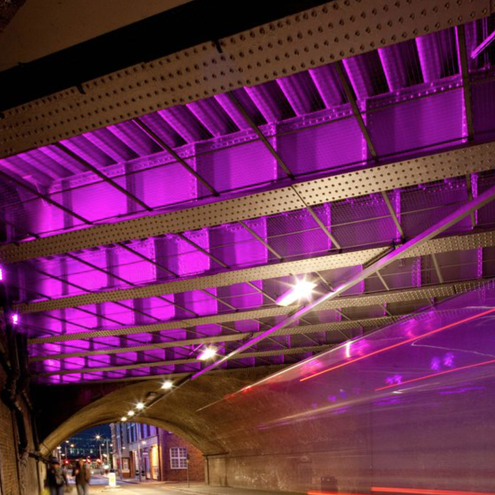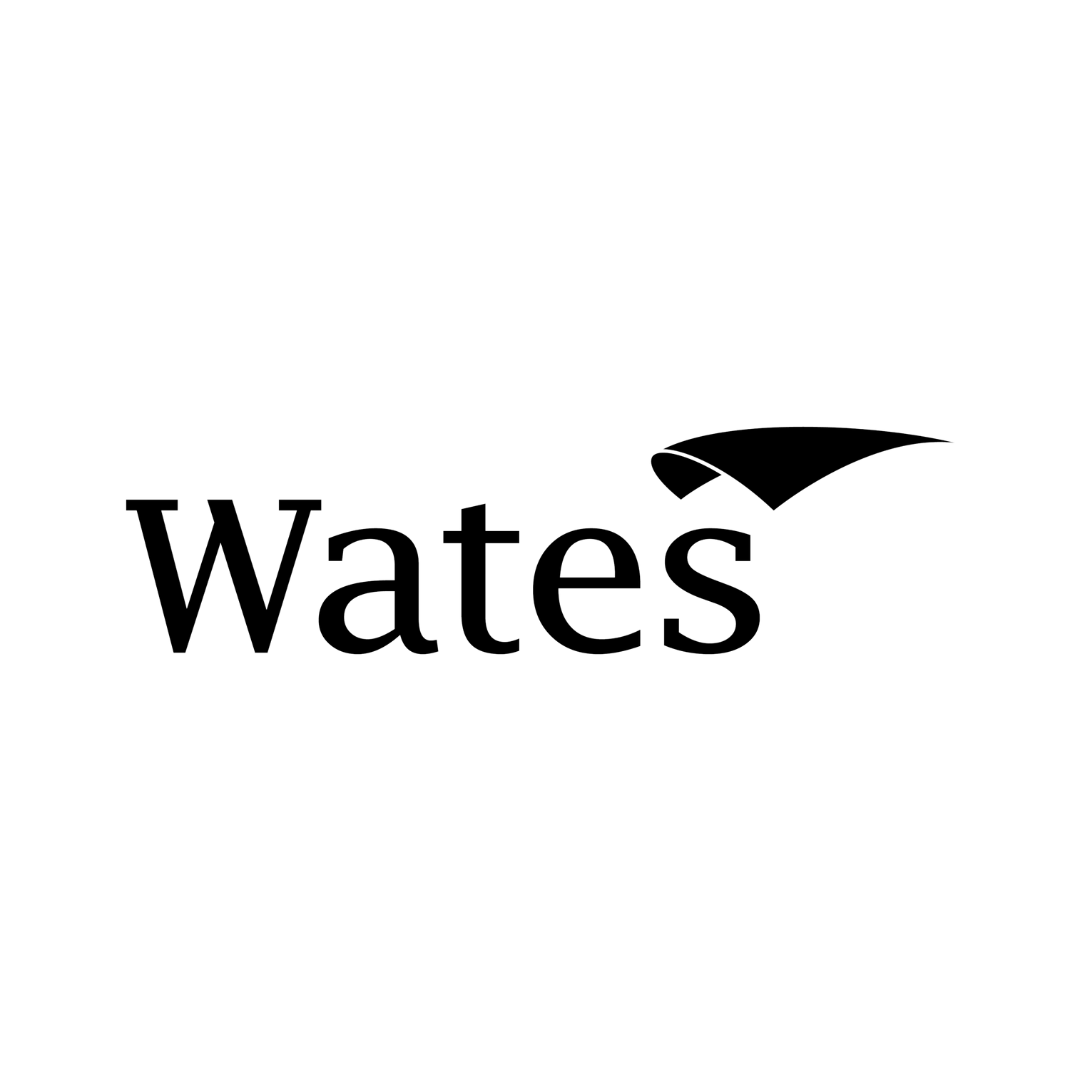Project showcase
Low Line Commons, Southwark – Low Line Partners with PDP London, Macfarlane + Associates, Greengage Environmental & Studio 4215

Historically the 150-year old Victorian viaducts through Bankside, London Bridge and Bermondsey, which form the Low Line route, have been left underused at street level. The strategic masterplan celebrates the area’s diverse neighbourhood and renowned heritage while making a feature of this physical barrier between central and south London.
Project developer/ client: Better Bankside (Greater London Authority, The Arch Co, Southwark Council, Team London Bridge, Borough Market, The Blue Bermondsey)
Describe the context of this project, its neighbourhood and people
The Low Line is an ongoing urban regeneration initiative that uses the railway viaducts in Southwark to create a continuous walking route, connecting diverse neighbourhoods and communities. The vision aims to celebrate the areas’ distinct heritage; linking existing and new hubs of creativity, entertainment, and industry; shaping places of interest; and forging a blossoming sense of place. The initiative highlights how the network of spaces that constitute the urban fabric in Southwark are a coherent space by increasing permeability and connectivity, transforming the viaduct into a green seam stitching the immediate context together rather than a barrier separating it.
An international, RIBA open-competition challenged designers to develop a green and creative strategy to underpin the future development of the viaduct. The brief was to increase environmental resilience by promoting innovative greening and sustainability initiatives that mitigate climate change and unify the diverse neighbourhood it passes through.
While attracting 100+ entries from 35 countries, the winning submission was our Low Line Commons, commended for its unique approach to meaningful grass-roots urban regeneration. Local stakeholders are integral as their engagement throughout the project lifespan is essential to both its short and long-term success. Employing a toolkit of interventions showcases the communal approach – providing the right response to each unique neighbourhood and connecting the spaces in-between. Interventions will be of varied scale, by visionary designers or through community participation. Together they will form a vast natural resource, a valuable cultural hub, and a community space forging symbiosis between residents and businesses.
Please describe your approach to this future place and its mix of uses. How will it function as a vibrant place? How does it knit into, and serve the needs of, the wider area?
Through the Low Line Commons, the viaduct is reimagined as a green seam; a robust piece of green infrastructure, both for London and Southwark, that creatively tackles environmental, economic and social challenges head-on. Aligned with Southwark Council’s and Mayor of London’s Good Growth strategic objectives, the value of the Low Line stems from the focus on integrating nature within the public realm; supporting active lifestyles; underpinning health and well-being for all; and catalysing economic growth of the adjacent neighbourhoods by helping animate, activate and green the streets and spaces along the Low Line. The interventions primarily respond to a lack of accessible nature spaces and the existing low ecological value of habitats, envisioning creating a string of connected, nature-rich places nestled in everyday urban life. This in turn provides space to walk along the viaduct and links between neighbourhoods; cycle, exercise and play with activities encouraging exploration and expression.
Through urban greening these spaces would connect communities, support nature and provide an improved environment in which to live, work, visit and do business, helping the economic recovery from Covid-19 by providing welcoming and safe spaces for all to enjoy.
Used by the wide range of stakeholders active along the rail corridor, the realisation of this initiative would allow the Low Line Commons to continue growing and the sense of place blossoming. Through the Low Line, meaningful social capital can be built, a greater sense of ownership of communal spaces forged, and greater investment generated.
What is the environmental impact of the project? How will the carbon use and material impact of the development be mitigated? What is the sustainability strategy? Please provide any evidence or data.
Through its exceptional approach to grass-roots urban regeneration, the Low Line Commons initiative is an exemplary urban design and masterplanning project. Not only do its strategic objectives and vision hold centrally the three pillars of sustainability to secure its future development, but its inherent value comes from repurposing and celebrating existing infrastructure around which diverse communities are connected.
Constantly evolving the Low Line will be a centrepiece of London’s National Park City, focusing on incorporating biodiversity and climatic resilience, not only providing opportunities for ecology but greater green and more people-friendly spaces to encourage walking and cycling; connecting communities through nature and addressing high levels of isolation and inactivity. Our ambition is that through tactical greening interventions, the Low Line will be transformed from an ecological desert to a biodiverse-rich network of places – addressing the climate crisis by providing an adaptive, climate-resilient environment during extreme weather. With increasing occurrences of such weather, the impact could be far-reaching, inspiring other urban areas to follow suit.
By adhering to a shared and integrative approach to sustainable development, the vision is about creating a cohesive piece of green infrastructure; making the whole greater than the sum of its parts through shared action and engagement that can be delivered by range of different stakeholders. Creating this integrated, bottom-up approach is designed to ensure sustainable growth, with all elements of Low Line communities feeding back into the project. With an approach such as this in a strategic masterplan, the potential for growth is limitless.
Describe the social impact of the project: How will this future place contribute to the economic, environmental and social well-being of its citizens? Please provide any evidence or data.
Aligned with Southwark Council’s and Mayor of London’s Good Growth strategic objectives, this approach offers all local stakeholders a guide to planning, designing, and realizing projects along the Low Line route with a focus on integration of nature-rich spaces. The initiative is a critical resource and enabling framework for those committed to transforming the Low Line into: robust green infrastructure breathing air into urban Southwark; an identifiable green corridor connecting diverse neighbourhoods; and an inspiration through greening initiatives for urban regeneration.
It will create a common approach to myriad land ownership, as each landowner can benefit from a holistic approach to land use and management. The Low Line Commons is a joined-up approach, requiring stakeholder support along its length to ensure the benefits reach far into the community. It has the potential to be a land trust, creating a truly participatory approach to urban space – a positive environment for shared benefit.
One placemaking initiative which has come to life and which we are particularly proud is the neighbouring café-kiosk on Holyrood Street – designed alongside architects Sanchez-Benton for Team London Bridge. A finalist for a Civic Trust award, the kiosk has a lush landscaped café area including an 8m-high green trellis acting as a visual marker for the street. Run by a social enterprise providing employment for individuals rebuilding their lives following trauma, this project is emblematic of how nature can be creatively worked into new development and create a focal point with great benefits for local communities.
Festival of Pineapples
25-27 February
Pineapples prize giving night
March
Pineapples at Festival of Place
2 July
© The Pineapples - Tweak Ltd. 124 City Road, London, EC1V 2NX. Tel: 020 3326 7238

